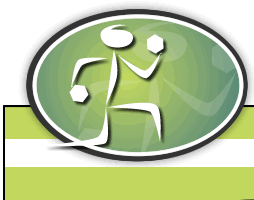

 |
|
Step 1:
Site Search |
|||||||||||||||||||||||||||||
Mastering the squat
by Jane
I have a client who is 30 lbs. overweight and cannot execute a squat. She cannot lower her glutes enough so continues to move forward with knees over the toes. I have tried all I know with using a chair to practice etc. She also complains of pain in her quads which takes three to four days to recover from even using little to no weight during our squat attempts. She walks for exercise three to four days a week. Is there something going on mechanically that I need to know? She is frustrated and I do not know how to proceed. PLEASE HELP!
|
|||||||||||||||||||||||||||||
